Mimosa (aka Purple Mimosa, Mimosas)
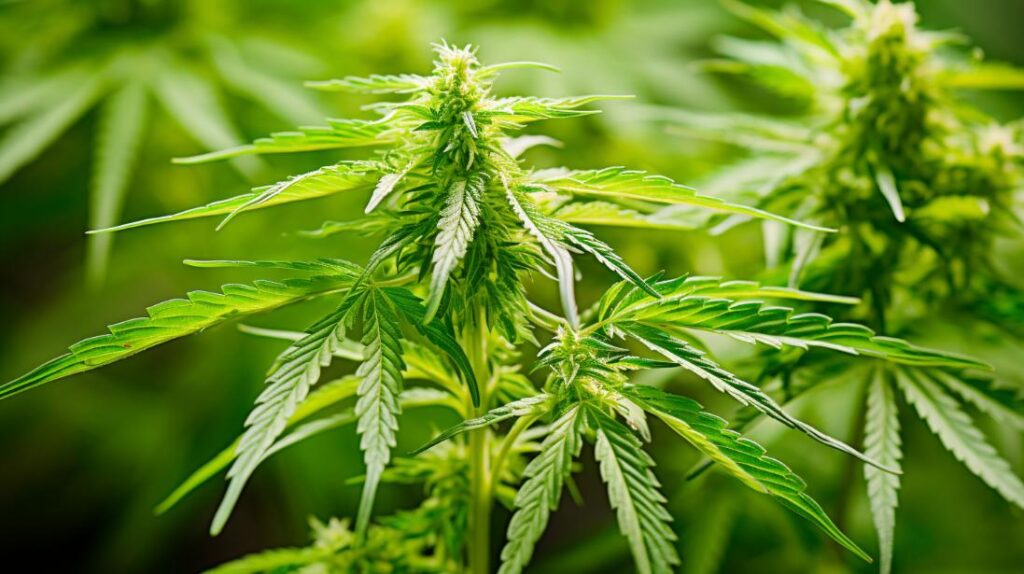
In the nuanced world of cannabis strains, the Mimosa strain has garnered attention for its unique genetic lineage and the resultant complex profile of effects and aromatics.
Born from the crossbreeding of the illustrious Purple Punch and Clementine strains, Mimosa has carved out a distinct niche, promising an invigorating experience that is both cerebral and sensory.
The strain’s notable high THC content, which can peak at 27%, alongside a diverse terpene array, provides a multifaceted approach to both recreational enjoyment and therapeutic potential.
As one contemplates the surge in popularity of the Mimosa strain, questions arise regarding its efficacy in clinical settings, the subtleties of its sensory profile compared to its forebears, and its place within the broader cannabis ecosystem.
These inquiries beckon a closer examination of the strain’s attributes, as understanding the full extent of Mimosa’s impact on both individual experience and the industry at large remains an unfolding chapter in the chronicles of cannabis cultivation.
Genetic Lineage
The Mimosa strain emerges from a complex genetic tapestry, intricately woven from the sativa-dominant Clementine and the indica-dominant Purple Punch, combining to produce a hybrid noted for its sweet, citrus-infused bouquet and balanced effects. Breeder Symbiotic Genetics masterfully orchestrated the crossing of Clementine with Purple Punch, meticulously selecting phenotypes that would enhance the desired flavor profile and therapeutic qualities.
Clementine, a vivacious sativa-leaning hybrid, contributes its genetic prowess to Mimosa through a lineage that includes the illustrious Tangie and Lemon Skunk strains. This parent is revered for its sweet and zesty aroma reminiscent of fresh citrus groves, a characteristic that is faithfully propagated in the Mimosa offspring. On the other hand, Purple Punch, the progeny of the legendary Granddaddy Purple and Larry OG, infuses the blend with its deeply relaxing attributes and a delectable hint of grape and berry flavors.
The resultant Mimosa cultivar, a 70% sativa and 30% indica amalgam, is distinguished by a sweet and tangy flavor profile that enchants the palate. It is celebrated for its uplifting and energizing effects that are particularly conducive to social engagements and creative pursuits, a testament to the harmonious genetic synthesis achieved by crossing Clementine with Purple.
THC/CBD Content
Within the Mimosa strain, THC levels vary significantly, ranging from a potent 19% to an even more robust 27%, with the strain averaging around 23% THC content, while CBD remains virtually undetectable at 0%. This disparity in THC content indicates a variable user experience, where the cannabinoid profile can influence the intensity and duration of the strain’s effects. Given these figures, Mimosa is characterized by its high THC content, which is primarily responsible for its psychoactive properties.
- Average THC level of 23% falls in the high THC spectrum for cannabis strains.
- Minimal CBD content (0%) suggests limited non-psychoactive benefits.
- THC content as high as 27% places Mimosa among the stronger strains available.
- High THC level implies a potential for more pronounced cerebral and euphoric effects.
- Variability in THC content allows for a range of potencies within the same strain.
The technicalities of the THC level in Mimosa are indicative of its high potency, which is above the average THC content found in many indica strains (approximately 12%). Such a high THC strain like Mimosa can be particularly effective for recreational use, delivering a powerful euphoric experience, but it may also pose a greater risk for overconsumption in inexperienced users.
Terpene Profile
Mimosa’s terpene profile, dominated by myrcene, pinene, and caryophyllene, plays a pivotal role in shaping its distinctive sweet and citrusy scent, along with influencing the strain’s therapeutic and psychoactive effects. As a sativa dominant hybrid, Mimosa is celebrated for its ability to deliver uplifting effects that often enhance mood and creativity. The presence of myrcene is significant, as it is typically associated with pain relief and a sedative influence, which may complement the strain’s energizing properties by providing a balanced experience.
Pinene contributes not only to the tropical citrus aroma but also potentially to cognitive functions, promoting mental clarity and focus, which is appreciated by users engaging in social or artistic activities. Meanwhile, caryophyllene offers a spicy note to the scent profile and is recognized for its anti-anxiety and stress-relieving properties, which may aid in the overall calming yet stimulating experience Mimosa is known for.
Understanding the nuanced interplay of these terpenes is crucial for connoisseurs and patients alike, as it provides insight into the strain’s complex flavor and potential therapeutic benefits. Below is a table summarizing the primary terpenes in Mimosa:
| Terpene | Aroma | Potential Effects |
|---|---|---|
| Myrcene | Sweet, herbal | Pain relief, sedation |
| Pinene | Tropical citrus | Mental clarity, alertness |
| Caryophyllene | Spicy, woody | Anti-anxiety, stress relief |
Effects
How does the Mimosa strain influence user experience in terms of psychoactive effects?
This sativa-dominant hybrid is renowned for instilling a sense of energy and focus in its users, yet it also carries the potential for less desirable effects such as anxiety and paranoia, especially at higher dosages. The strain produces a complex array of effects, primarily influenced by its higher-than-average THC potency which can modulate both mood and cognition.
The following are key effects associated with the Mimosa strain:
- Energetic Euphoria: Typically, users report a surge of vigor, which makes it suitable for daytime use.
- Cognitive Enhancement: An improved focus and heightened senses are common, facilitating creative and productive endeavors.
- Anxiogenic Responses: In sensitive individuals or at high doses, it may evoke feelings of unease, manifesting as anxiety or paranoia.
- Dose-Dependent Dynamics: At lower doses, the strain produces happy, level-headed effects, but larger quantities can lead to sedation.
- Headache Potential: Though less common, some users may experience headaches after consumption.
Understanding the dose-response relationship with Mimosa is crucial to mitigate adverse reactions. Sensible dosing can harness the strain’s uplifting properties while minimizing the risk of negative side effects.
Medical Uses
The Mimosa cannabis strain has been recognized for its therapeutic potential, particularly in alleviating symptoms associated with mood disorders such as anxiety and depression. Its unique profile offers both calming and energizing effects, which can be beneficial for marijuana patients seeking to balance their mood and manage their mental health. The strain’s high THC content contributes to its efficacy in relieving stress and providing help with depression.
Despite the anecdotal evidence supporting its use, it is crucial to approach Mimosa with caution, as individual responses to cannabis can vary greatly. Patients with ADD or ADHD, migraines, nausea, or appetite loss may also benefit from the strain’s therapeutic properties. Here is a detailed breakdown of Mimosa’s medical applications:
| Symptom | Potential Relief Offered by Mimosa |
|---|---|
| Anxiety | Calming effect, stress reduction |
| Depression | Mood elevation, help with depression |
| ADD/ADHD | Improved focus, level-headedness |
| Migraines/Nausea | Pain relief, antiemetic properties |
While further research is necessary to fully understand and substantiate these effects, the current understanding suggests that Mimosa could be a valuable tool in the medical marijuana arsenal for patients with specific therapeutic needs.
Flavor and Aroma
Embodying a symphony of sweet and sour tropical citrus flavors complemented by a light berry exhale, the Mimosa cannabis strain delights the senses with its complex aromatic profile. A member of the Tangie family, Mimosa inherits a rich terpene palette that expresses a nuanced bouquet of sensory experiences. This strain, often referred to as Purple Mimosa due to its lineage and vibrant coloration, is a cross between the popular strains Clementine and Purple Punch, bringing forth a harmonious blend of their respective flavor profiles.
The distinct olfactory notes are attributed to the strain’s diverse terpene composition, which includes myrcene, pinene, and caryophyllene. These elements combine to produce an aroma that is both enticing and multifaceted, making Mimosa a highly sought-after variety for both recreational and medicinal users.
- Sweet tropical citrus reminiscent of Clementine oranges
- A sour punch that aligns with its Tangie family roots
- Berry undertones providing a smooth, refreshing exhale
- Woody and floral scent notes that create a sense of freshness
- Earthy herbal aroma underpinned by a foundation of rich terpenes
Striking a balance between flavor and aroma, Mimosa offers a unique and memorable experience for connoisseurs and casual consumers alike.
Appearance
Mimosa’s visual appeal is immediately noticeable, with its small, dense buds exhibiting an olive-green hue, contrasted by dark amber pistils and a generous coating of crystalline trichomes that sparkle under light. The chromatic interplay lends the strain a vibrant and alluring aesthetic that suggests potency and quality.
During the flowering stage, Mimosa’s characteristic olive green foliage becomes the backdrop for the proliferation of dark orange hairs, which are actually the pistils, that signal reproductive readiness and contribute to the visual complexity of the flower.
The trichomes, responsible for the majority of the plant’s cannabinoid production, appear as a shimmering layer, indicative of Mimosa’s high THC content. These glandular structures are particularly abundant on Mimosa, giving the surface a frost-like appearance that is highly prized among cannabis connoisseurs. The trichomes’ translucence and density are visual cues to the strain’s potency and essential in the assessment of peak harvest time.
Mimosa’s buds are typically tight and globular, a structural trait that aids in the retention of the terpenes responsible for its distinctive aroma. The compactness of the buds also suggests a healthy and robust flowering cycle, underpinned by careful cultivation practices.
Grow Information
Cultivating the Mimosa strain requires a nuanced understanding of its horticultural needs, including a balanced soil ecosystem rich in nutrients to foster its vigorous growth and potent cannabinoid profile. This hybrid strain demands meticulous care to reach its full potential, particularly regarding its nutritional intake throughout various growth stages. Given its high THC content, which can lead to potent effects even in small doses, growers must ensure that the plant’s environment is conducive to producing a quality end product.
Below are pivotal grow information points for the Mimosa strain:
-
Suitable for both indoor and outdoor cultivation, allowing adaptability for growers with different space and environmental conditions.
-
Thrives in a nutrient-rich soil medium, with many growers opting for a super soil that is pre-amended with organic materials.
-
Increased nitrogen uptake is crucial during the vegetative phase, while flowering time calls for more potassium and phosphorus for optimal flower development.
-
The soil’s quality is directly linked to the strain’s flavor profile, making it a significant factor for cultivators to consider.
-
Best managed by experienced growers due to its specific care requirements, particularly in terms of its nutritional needs and monitoring for the precise flowering time.
Adverse Effects
Despite its popularity for uplifting effects, the Mimosa strain can also present adverse reactions such as anxiety and paranoia, particularly in individuals sensitive to high THC levels. The psychotropic component, THC, is known for its biphasic effects, where low to moderate doses may enhance mood and creativity, whereas higher concentrations can trigger adverse psychological responses. The Mimosa strain, with its significant THC content, has been documented to induce such effects in a subset of users.
Reports have surfaced indicating that some individuals experience headaches after consuming the Mimosa strain. This symptom may be attributed to the vasodilatory properties of cannabinoids or individual sensitivities to the strain’s terpene profile. Furthermore, while Mimosa is generally sought after for its energizing qualities, excessive intake may paradoxically lead to sedation and sleepiness. This unintended relaxation can be considered an adverse effect for users anticipating a more stimulating experience.
It is imperative for consumers with lower THC tolerance to approach the Mimosa strain with caution. The potential for heightened anxiety and paranoia underscores the need for responsible dosing. As with all cannabis strains, the manifestation and severity of adverse effects are influenced by the user’s physiology, prior cannabis use, and the specific context of consumption.
Comparisons with Similar Strains
Exploring the vibrant landscape of cannabis varieties, the Mimosa strain stands out for its energetic effects and focused mindset, drawing parallels to other notable strains like Tangie due to its uplifting and euphoric influence. When scrutinizing the characteristics and user experiences of similar strains, the Mimosa strain can be more thoroughly understood in relation to its cannabis counterparts.
-
Tangie: Mimosa echoes the traits of Tangie, with both providing an invigorating boost of energy and a euphoric, mood-lifting experience.
-
Super Lemon Haze: The tropical citrus profile of Mimosa is akin to Super Lemon Haze, which is also celebrated for its sharp citrus scent and energizing effects.
-
Clementine: Mimosa’s potential therapeutic benefits, especially in mitigating symptoms of depression and stress, are comparable to those of Clementine, recognized for its stress-relief and mood enhancement qualities.
-
Purple Punch: The Mimosa strain’s notable THC potency resonates with the powerful effects of Purple Punch, beloved for its deeply relaxing and sedative high.
-
Granddaddy Purple: In higher quantities, Mimosa’s capacity to induce relaxation mirrors the profound sedative properties of Granddaddy Purple, providing significant calm and aiding sleep.
The Mimosa strain’s diverse profile offers an intriguing blend of flavors and effects, establishing it as a unique player among its Purple lineage and energy-boosting contemporaries.
Research and Studies
Recent research into the Mimosa strain reveals a THC concentration that ranges from 19% to 27%, indicating its significant potency among cannabis varieties. This sativa-dominant hybrid has garnered attention within the scientific community for both its robust cannabinoid profile and its therapeutic potential. The strain’s high THC levels are complemented by a bouquet of dominant terpenes—myrcene, pinene, and caryophyllene—which are believed to contribute to its distinctive effects and benefits.
The Mimosa strain’s efficacy in medical applications has been a particular focus of research and studies. Investigations have suggested that the strain can help manage symptoms associated with conditions such as anxiety, depression, and chronic stress. Additionally, its stimulating properties may be beneficial for individuals with attention deficit disorders, offering a heightened sense of focus.
To further understand the Mimosa strain, consider the following key findings:
| Effect/Benefit | Relevant Terpene |
|---|---|
| Mood Elevation | Myrcene |
| Stress and Pain Relief | Caryophyllene |
| Enhanced Focus | Pinene |
This table encapsulates the essential components contributing to the Mimosa strain’s allure. It is recommended for experienced cannabis users due to its intense effects and is often praised for its ability to alleviate various ailments while providing a clear-headed and uplifting experience.
History and Origin
Building on the scientific insights surrounding the Mimosa strain’s therapeutic attributes, a deeper examination into its history and origin reveals a rich tapestry of botanical innovation and cultural adoption. The inception of Mimosa is a testament to the meticulous practices of cannabis breeding that led to its distinct characteristics and rapid ascent in popularity among both connoisseurs and patients seeking relief.
Bred by Symbiotic Genetics in 2017, Mimosa is a genetic cross that synthesizes the best traits of its parent strains. The strain is sativa-dominant (70/30) and is named after the popular brunch cocktail, echoing its uplifting effects and citrusy profile. Boasting a THC content that can reach a staggering 27%, Mimosa is a potent choice for experienced users.
Aesthetically, Mimosa features olive-green buds with dark amber hairs and a lavish coating of white trichomes, indicative of its potency. It is celebrated for providing mental clarity and focus, as well as an energetic boost, making it a viable option for individuals managing ADD, ADHD, depression, and appetite loss.
The Mimosa strain, with its number 46 in Symbiotic Genetics’ catalog, has carved out a unique niche for itself in the cannabis market, demonstrating the intricate interplay of science and artistry in strain development.
Frequently Asked Questions
Is Mimosa Strain a Sativa or Indica?
The current inquiry pertains to the categorization of a cannabis variety, querying whether it exhibits sativa dominance or leans towards indica. In addressing this, one must consider its hybrid genetics and specific cultivation techniques.
Does Mimosa Make You High?
The ingestion of substances with psychoactive properties typically induces a state of euphoria or ‘high.’ Mimosa’s flavor profile, advanced growing techniques, and medical applications suggest its potential to elicit such psychoactive responses in users.
Is Mimosa Cookies Indica or Sativa?
Mimosa Cookies, a cannabis variant with distinct genetics, leans towards sativa, reflecting its energetic influence. Its flavor profile is nuanced, while cultivation tips suggest a warm climate to optimize growth and potency.
What Are the Effects of Mimosa RBX Strain?
The effects of the subject include a creative boost, anxiety relief, and the notable presence of a mimosa flavor. This sativa-dominant hybrid is recognized for its ability to elevate mood and enhance social interactions.


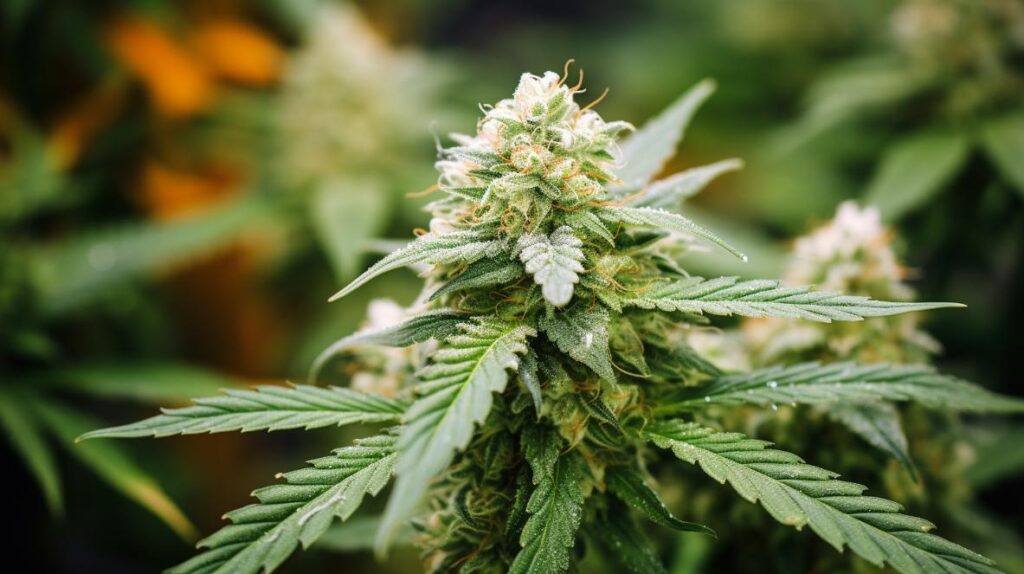
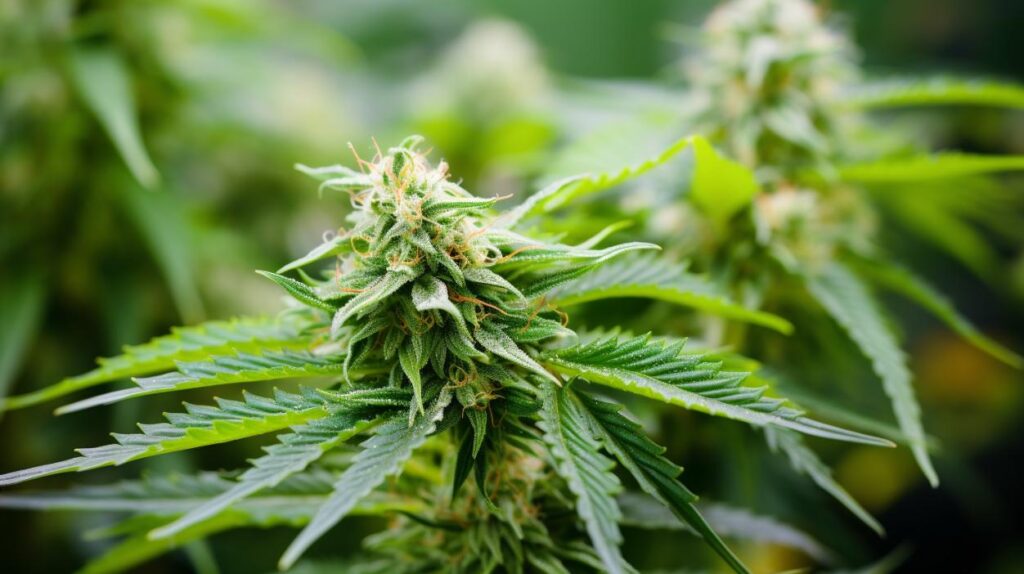
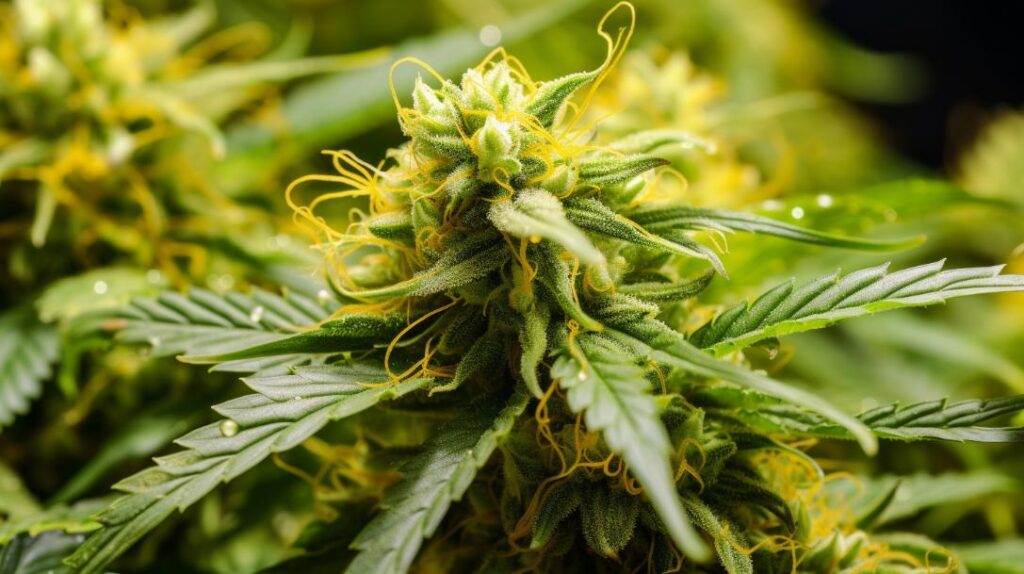
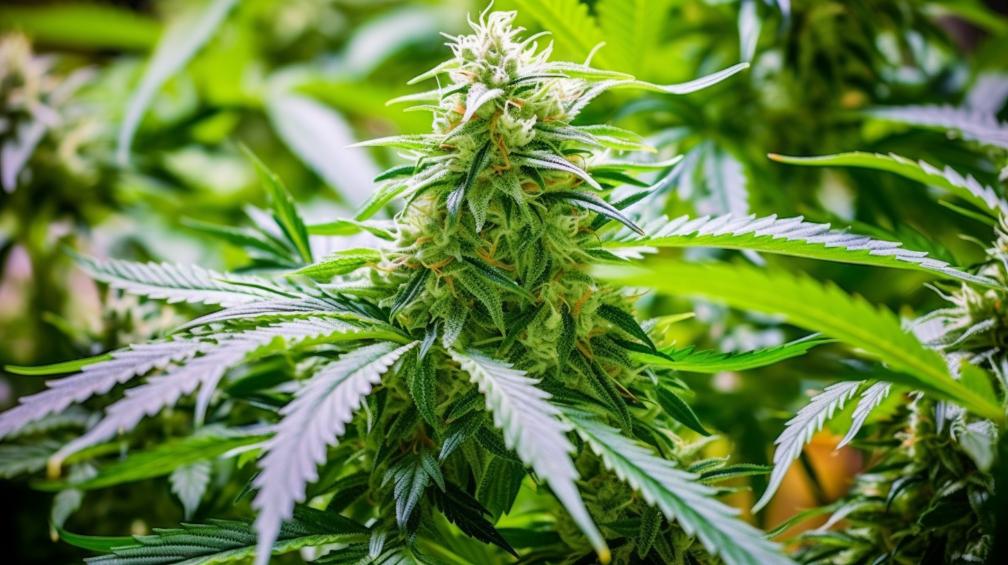

Responses